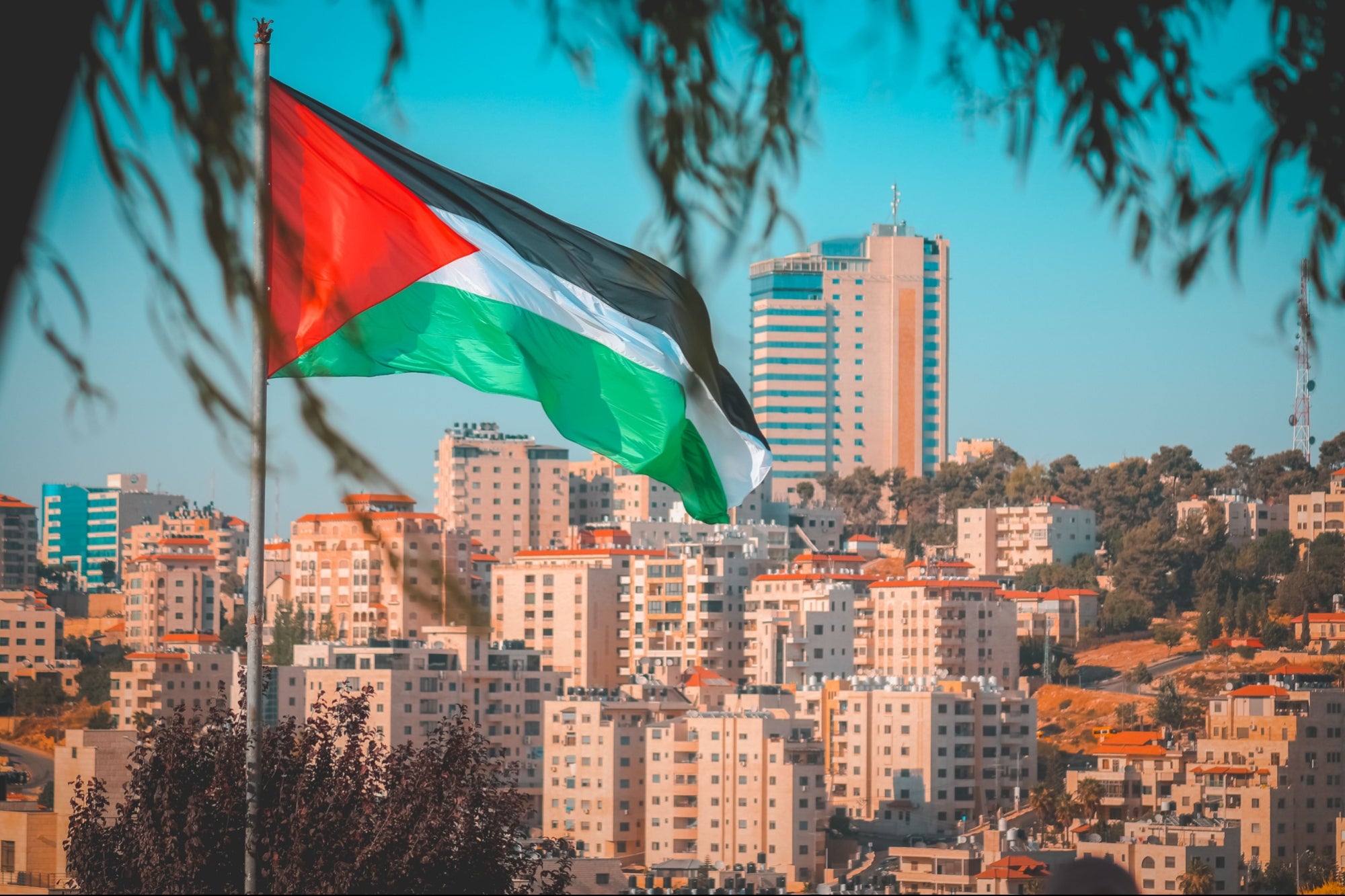Women As A Source Of Survival And Advantage: The Case For Saudi ArabiaEconomic inclusion of Saudi women will create and drive the kingdom's economy in the future.
Opinions expressed by Entrepreneur contributors are their own.
You're reading Entrepreneur Middle East, an international franchise of Entrepreneur Media.

The word "transformation" is currently uttered on a daily basis in Saudi Arabia.
Are we undergoing atruetransformation? Are we ready to implement the motto, "Out with the old and in with the new"? Success will depend on our willingness to act, particularly in the face of resistance by those who desire us cling to theoldorder.
A litmus test would be our willingness to allow equal opportunities for both women and men in business and society.
It is not difficult to show why now is a more pertinent time thaneverto bring this issue front and center.
When it comes to economic assets, Saudi Arabia has historically missed out on leveraging its most important reserve, the capacity and capabilities of women. Indeed, women are the key ingredient to bringing abouttruetransformation to our country. Today, underthe visionary HRH Crown Prince of Saudi Arabia Mohammad bin Salman bin Abdulaziz Al Saud, we are seeing the beginnings of this take shape.
Economic inclusion of women improves outcomes for the nation
The verdict is out. The data clearly indicates that the promotion of gender parity undoubtedly strengthens a nation's economy. Analysis of the latest data from the World Economic Forum's Global Gender Index and The World Bank's Doing Business Ranking, shows a significant positive relationship between such factors.
Other important findings stand out, in particular, countries who are more gender equal also score higher for doing business. There is not one occurrence of a country with ahighdoing business score and alowgender index score.
Research by the McKinsey Global Institute similarly shows that measures of economic development, such as per capita GDP and urbanization,are strongly linked to nearly all indicators of gender equality in society.
Furthermore, countries with strong gender parity are morecompetitive.When women increase their participation,economic outcomes are better foreveryone.
This is certainly the case in the Arab world. Using economic participation rates as a measure of equality in the workplace, my analysis shows that an increase in female participation results in increased economic productivity and higher incomes over time, even when adjusted for inflation. Since 1991, with higher workforce participation and employment rates of women, inflation-adjusted GDP per employed person has increased by 12.7% in Saudi Arabia based onWorld Bank statistics.
女人,不是男人,将驱动futu的经济re.This is particularly salient in the Arab World today since women's participation presently hovers around 25%, a considerably low figure, however you look at it. In Saudi Arabia, it is a mere 20%. Indeed, closing this gap alone will generate an incremental GDP of just under$2.3 trillionin the MENA region according to the McKinsey Global Institute. Going a step further, if we assume a scenario of parity with men in hours and sectors worked, that would add another $400 billion in a full potential scenario.
Bright horizons
So why exactly are women so underrepresented in the Saudi workforce, despiteoutperforming menacademically inSTEMand other disciplines?
It comes down to social norms. The answer really isn't any different for Saudi Arabia than it is anywhere else, though you could argue the magnitude of the challenge is greater for the Kingdom.
在沙特阿拉伯,体现在社会规范e male guardianship system and gender-segregated rules that guide people's behavior. The lack of infrastructure to address the different roles and needs of women can also impact gender disparity in the workforce. When companies, particularly SMEs, do not have the capital to invest in separate office space for women, women are automatically left out of the equation. As the burden of childcare mainly rests with women, companies who cannot afford to provide nursery facilities will not attract or retain women. These are just some of the many examples.
But it is not all bad news.
Bold leadership by the visionary HRH Crown Prince of Saudi Arabia Mohammad bin Salman bin Abdulaziz Al Saudindicates a strong desire to significantly elevate women's economic participation and role in society. Included in Saudi Vision 2030 is the goal of increasing Saudi women's role in the economy, boosting their participation in the workforce from 22% to30%. HRH directed that women be allowed to drive, a defining moment in the history of the country. Additionally, newly institutedrulesno longer require Saudi women to seek a male guardian's consent for state services. The religious police, a long-standing sticking point for Saudi women, have had their powerscurbed.
Saudi Arabia needs women at the policy-making table
More women are needed not just in the workforce, but also at the policy-making table too. Saudi Arabia has made good progress including granting women seats on the Shura Council (The Consultative Assembly of Saudi Arabia), the kingdom's top advisory council, and allowing them to vote and run for local councils.
The Saudi government has shown that it means business when it instituted a transformation program to measure and promote the performances and achievements in the public sector. However, women's issues need to be further entrenched in these programs. Moreover, women's involvement in defining the criteria for success, including setting the all-too-well-defined KPIs, will be critical. Women are ones best able to define, and thus, address the needs of women.
"Poverty is sexist," proclaimed Prime Minister Trudeau. Indeed, it is.
Related:Infographic: Female Entrepreneurship In The Middle East













